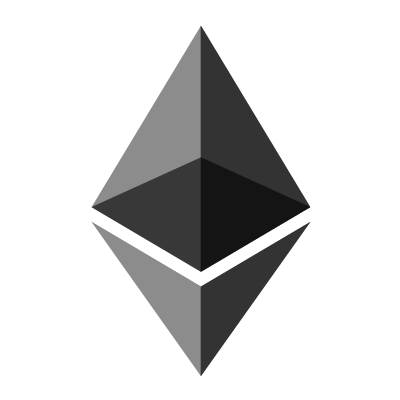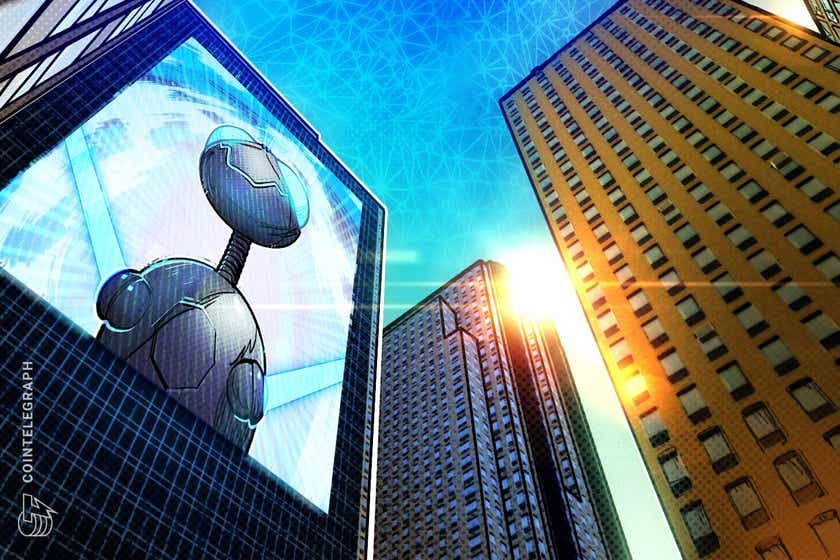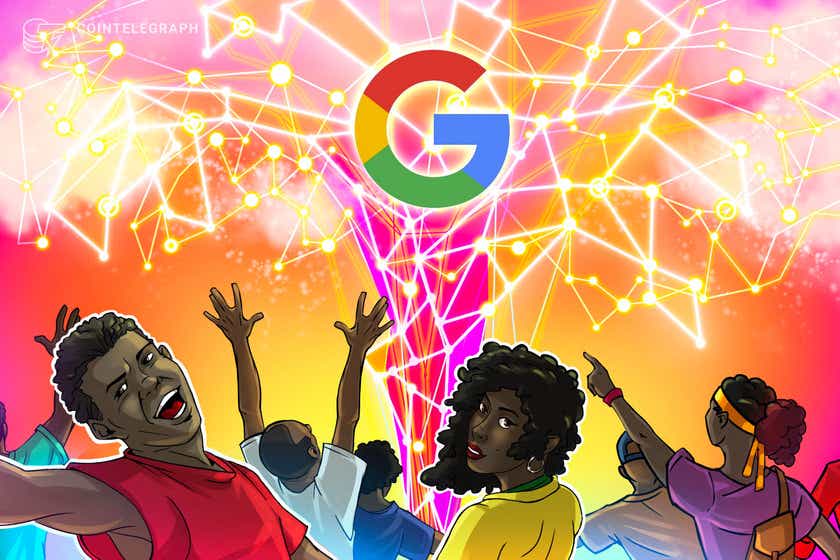Bitcoin’s transition to a risk-off asset will propel it to $100K in 2022, says Bloomberg analyst
Mike McGlone, senior commodity strategist at Bloomberg, is convinced that Bitcoin’s transition to digital gold will propel it to new all-time highs in 2022.




